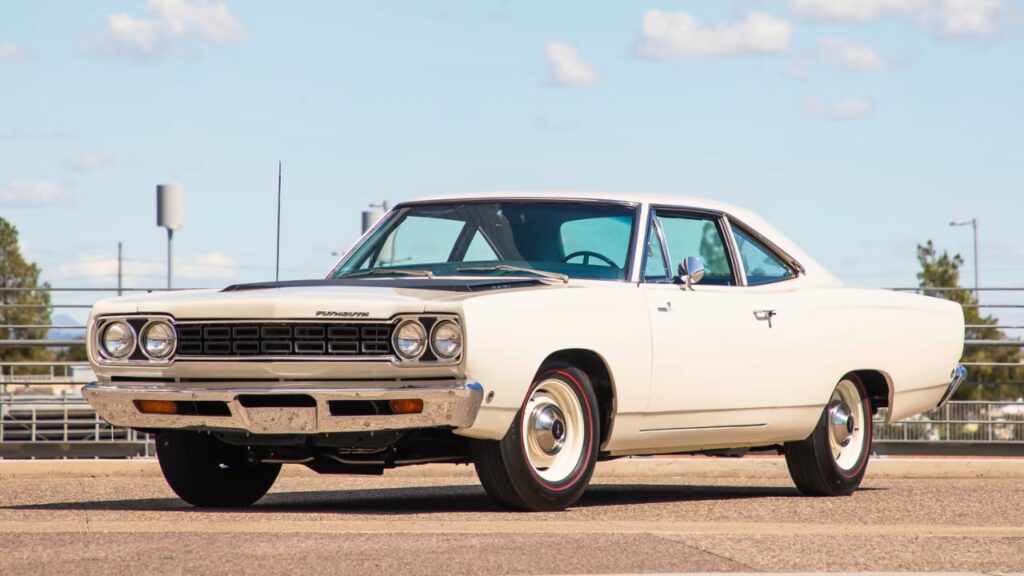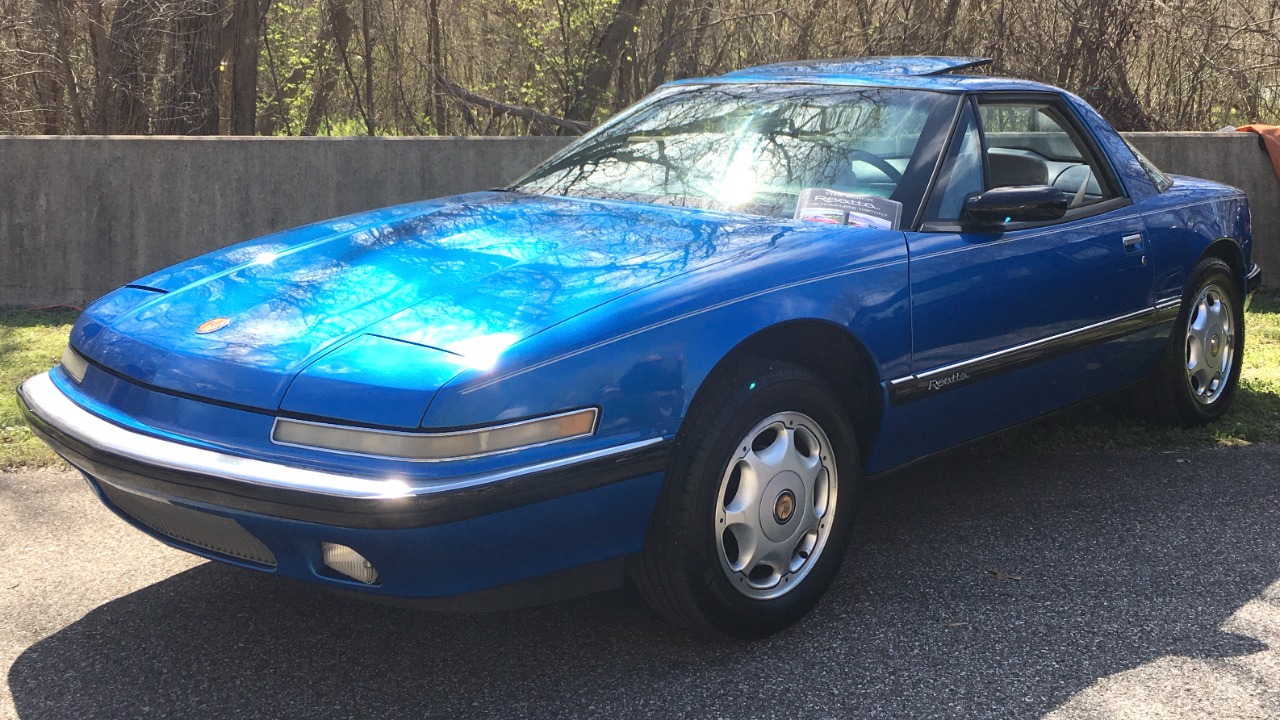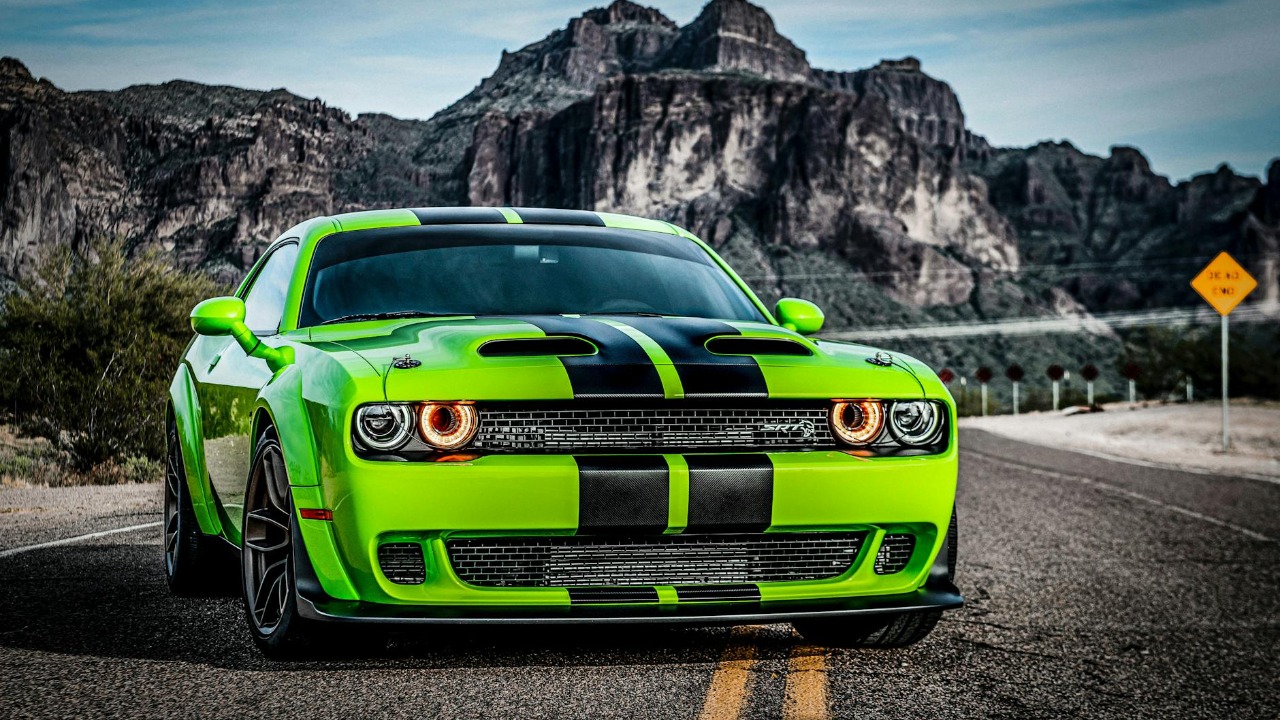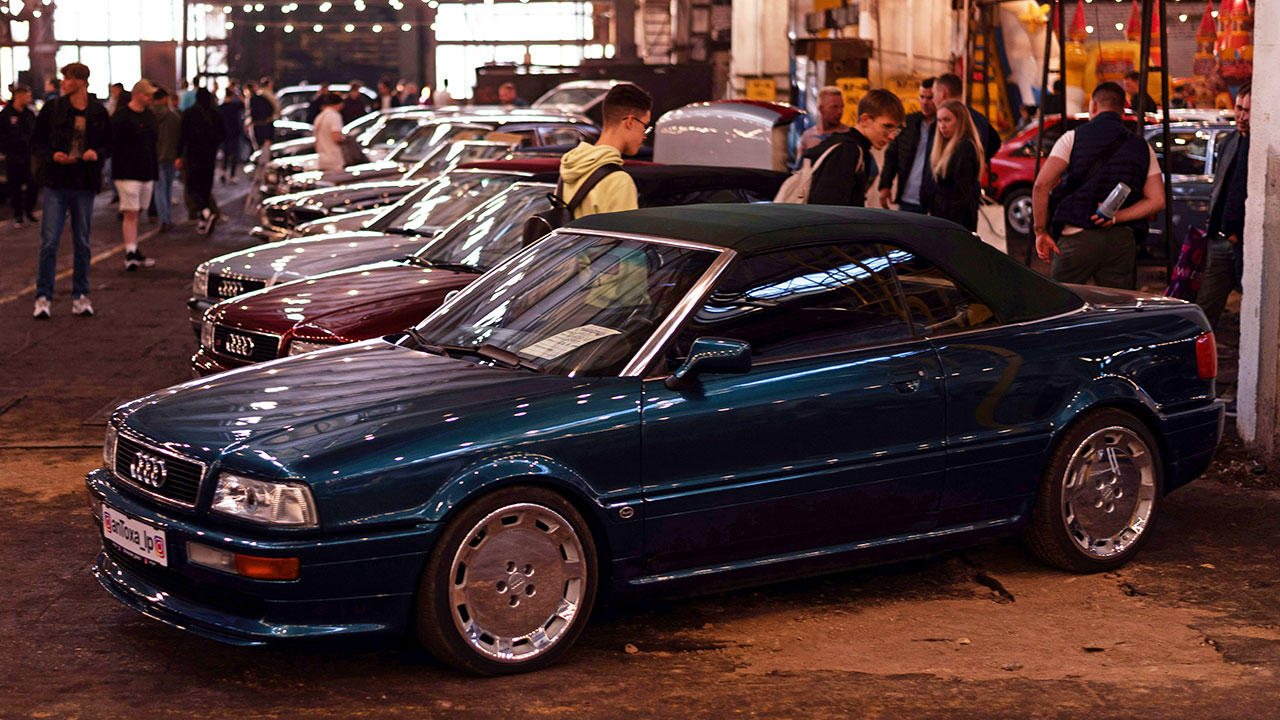There’s something about 1968 that made it a high-water mark for muscle cars. Emissions and insurance regulations hadn’t kicked in yet, engines were getting stronger, and styling hit a sweet spot between aggressive and clean. Car companies were still chasing youth buyers, and performance was king. What followed in later years—higher prices, tighter restrictions, and design missteps—makes ’68 feel like the last moment before the storm.
The 1968 Dodge Charger R/T Got Mean

The ’68 Charger R/T dropped the upright look of earlier models and introduced that now-iconic coke-bottle shape. Its hidden headlights, recessed grille, and flying buttress roofline made it look fast parked at a gas station. Under the hood, buyers could go straight to a 440 Magnum or opt for the legendary 426 HEMI. The 440 put out 375 hp and cost far less than the $700 HEMI upgrade. It struck a balance between performance and affordability.
Pontiac’s GTO Got the Hideaway Treatment

In 1968, Pontiac redesigned the GTO with a new Endura bumper and hideaway headlights—both rare and functional. The 400-cubic-inch V8 still served as the backbone, with Ram Air options pushing it north of 360 hp. What helped the GTO stand out was that it had real showroom appeal and could be ordered as a coupe, hardtop, or convertible. GM’s internal ban on multiple carburetors meant cleaner tuning, but performance never really suffered.
Ford Got Serious with the 428 Cobra Jet

The 428 Cobra Jet showed up in 1968, and it changed the Mustang overnight. Ford underrated it at 335 hp, but real numbers were closer to 410. The engine combined heavy-duty parts with high-flow heads, and it came in a package that still had full factory backing. The CJ-equipped Mustangs looked tame but ran deep into the 13s. Ford’s focus on drag strip credibility made the 428 CJ a muscle milestone.
The Road Runner Hit the Market

Plymouth dropped the Road Runner into the lineup for 1968 with a base price just under $3,000. It was meant to be barebones—manual steering, no carpet, and a standard 383 V8. But you could tick a box for the 426 HEMI if you had deep pockets. That gave buyers a low-cost, high-speed ticket to muscle car performance. It outsold expectations and proved there was still a market for no-nonsense power.
Oldsmobile’s 4-4-2 Was a Balanced Bruiser

The 1968 4-4-2 got a major restyle and came standard with a 400-cubic-inch V8 making 350 hp. While it didn’t always get the attention of its flashier rivals, it delivered in terms of comfort, reliability, and solid performance. You could order it with Force-Air induction or a 4-speed manual. At around $3,200, it wasn’t cheap, but it was still a good deal for what you got. It represented the more refined side of muscle.
AMC Introduced the AMX

AMC took a big swing with the 1968 AMX—a two-seater muscle car built on a shortened Javelin chassis. It came standard with a 290, but most buyers opted for the 343 or 390, the latter making 315 hp. The AMX had a steel body, a 97-inch wheelbase, and one goal: challenge the Big Three. With a base price around $3,250 and strong quarter-mile times, it was a serious performance bargain.
The Chevelle SS 396 Was Everywhere

Chevy’s Chevelle SS 396 in 1968 became one of the most recognizable muscle cars of the era. The 396-cubic-inch V8 came in three states of tune, topping out at 375 hp. With a mid-size platform, rear-wheel drive, and optional 4-speed, it struck the right formula. Prices started around $2,800, and there were few better combinations of power, style, and value. It helped cement the SS badge as something worth chasing.
Mercury Brought Out the Cyclone GT

Mercury gave the Cyclone GT a performance injection in ’68 with optional 390 and 428 V8s. The 428 Cobra Jet was the top dog and could push this intermediate into the high-13-second range in the quarter mile. It shared underpinnings with the Fairlane but wore more upscale trim and was priced slightly higher. That made it appealing to buyers who wanted Ford muscle with a little more flash and rarity.
Buick’s GS 400 Mixed Power with Civility

Buick played the muscle game a bit differently. The 1968 GS 400 wasn’t flashy, but it packed a 400-cubic-inch V8 with 340 hp and 440 lb-ft of torque. It came with standard bucket seats, power brakes, and a quiet exhaust system. It wasn’t a strip monster, but it had torque for days and made long-distance cruising a breeze. Buick leaned on refinement, but it still had the grunt to keep up with the competition.
Styling Hit Its Peak

Beyond performance, 1968 might be the best-looking year for muscle cars. The industry was moving away from boxy designs and toward aggressive curves, coke-bottle fenders, and clean fastback profiles. Interiors were still analog but better appointed. This was the last full year before government-mandated safety add-ons started watering things down. Cars looked fast, felt raw, and gave buyers the sense that performance was still a top priority across the board.
Like Fast Lane Only’s content? Be sure to follow us.
Here’s more from us:







Leave a Reply